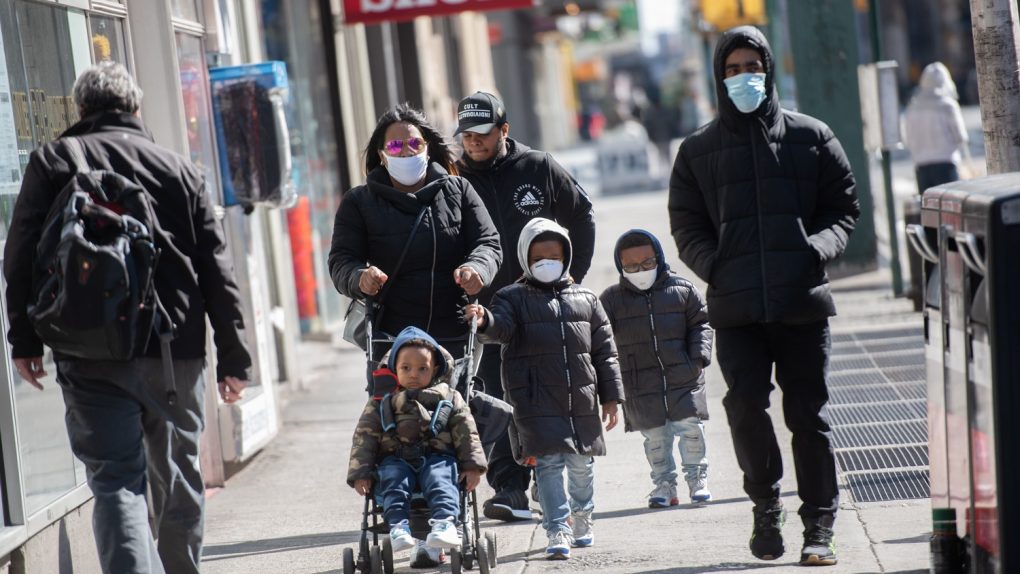- Coronavirus isolation and quarantine are procedures that are still necessary, even if lockdown measures have been eased and countries are trying to return to a sense of normality.
- Separating people who may have been exposed to COVID-19 and patients who are isolating at home can help reduce the spread and prevent the novel coronavirus from infecting others.
- The CDC has updated its pages with new information on how to handle the exit from isolation and quarantine if testing isn’t available.
Remember back in early April when we still had so many questions about the novel coronavirus? Like, how long should you stay in isolation after coronavirus symptoms go away? At the time, we told you that based on the CDC and WHO’s advice, you should be ready to spend anywhere from 3 to 14 days in isolation after your symptoms subside, especially if COVID-19 testing isn’t available in your area. “The fact is that we just don’t know when a COVID-19 survivor stops being contagious,” we wrote, explaining all the data that was available on the subject. Since then, we’ve learned a lot of new things about the virus, including the fact that patients will not be contagious anymore 11 days after the onset of symptoms. The latest research from Singapore cited several other studies, including one that we looked at back in April.
Separately, the CDC has now updated its quarantine guidance. The agency says that individuals who are isolating due to a possible COVID-19 infection should stay away from others until they’ve gone at least 3 days with no fever, the symptoms have improved, and 10 days have passed since the symptoms first appeared.
The new CDC guidance was first noticed by WTHR. The new page says that people who tested positive for COVID-19 but had no symptoms should stay in isolation for 10 days after the first test. The Wayback Machine started archiving the new CDC page on May 24th, so we can see that it definitely now has updated information.
The CDC notes that in some cases, tests may be available. In those cases, people can get out of quarantine if they receive two negative test results at least 24 hours apart. Patients who have experienced symptoms would also have to make sure they have no fever and that other symptoms have improved.
The new isolation and quarantine webpage also instructs people with weaker immune systems to seek medical guidance before leaving their homes for the first time. They may need to stay indoors longer than 10 days to ensure they’re not contagious. The CDC maintains that anyone who was in close contact with COVID-19 should stay home for 14 days after exposure, which is consistent with previous instructions.
The difference between quarantine and isolation is quite simple. You’d quarantine yourself if you know you’ve been exposed to a confirmed COVID-19 case and think you’re at risk of getting the disease. You’d isolate yourself from others if you start experiencing symptoms or get a positive COVID-19 test result. In practice, you’d have to stay at home in both cases. The CDC has an information page that should help you understand both concepts.








